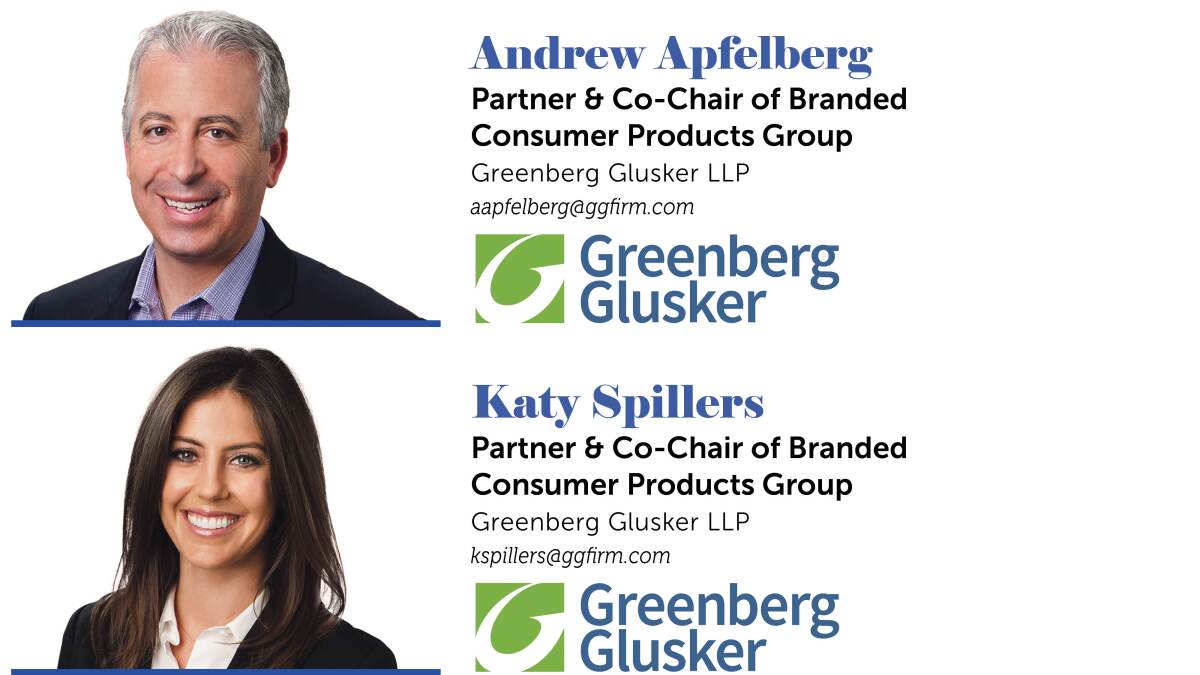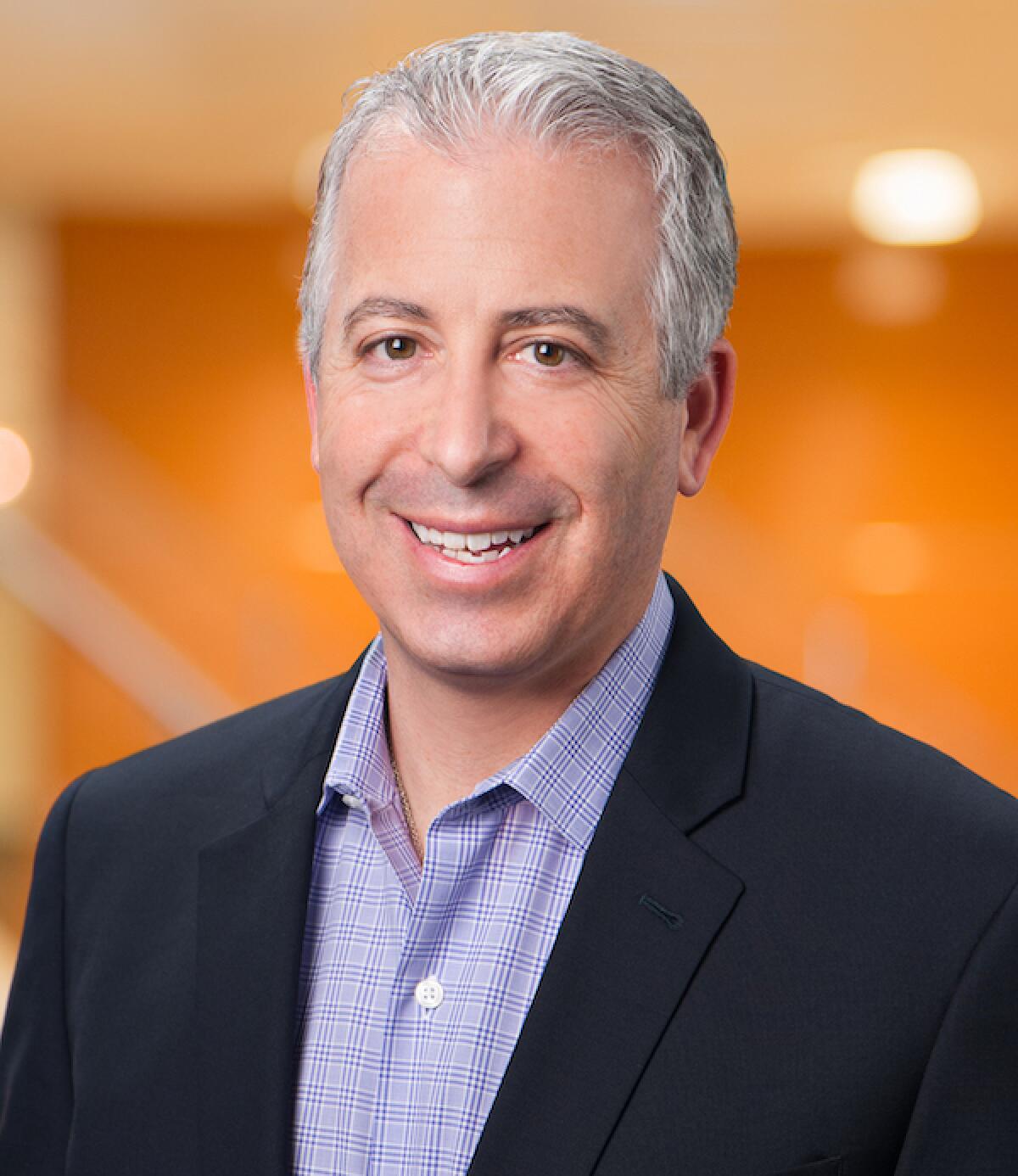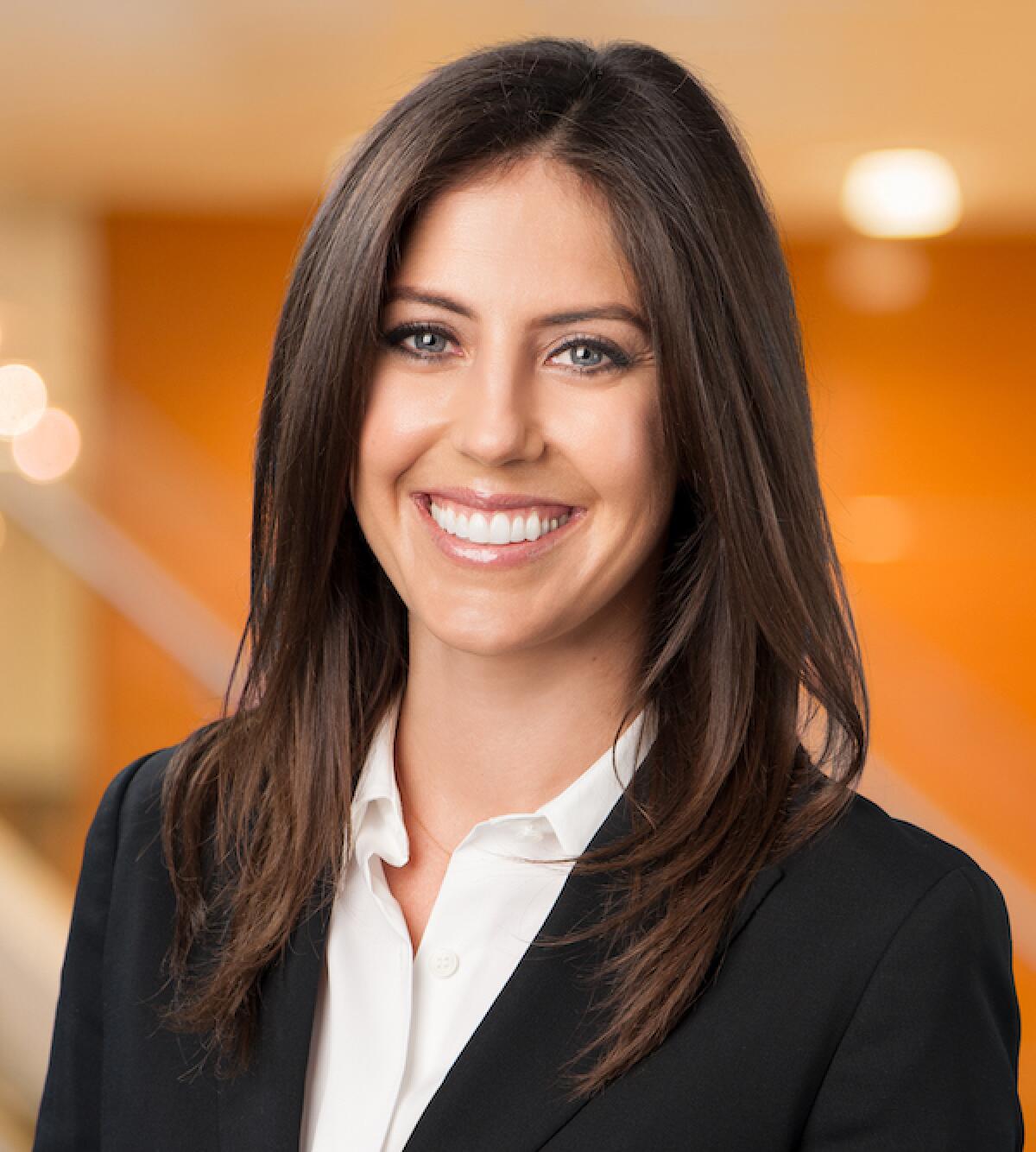Beauty & Consumer Goods

- Share via
The Beauty & Consumer Goods panel is produced by the L.A. Times B2B Publishing team in conjunction with Greenberg Glusker LLP.
When it comes to the beauty and consumer products industries, Los Angeles remains a global leader in terms of trends, innovation, sustainability and protocols.
Many of the leading products and services behind keeping people living well, looking their best and feeling good are from businesses and organizations that were founded and continue to thrive here in Southern California. In fact, successful beauty and self-care companies are catalysts for significant economic growth in the region, making L.A. a major force in these industries. As the legal landscape around beauty and other consumer products continues to evolve, an increasing number of consumers, businesses and investors are tasked with navigating an often-complex set of rules. As with any consumer-facing industry, learning about the ins and outs of the diverse and ever-evolving sector can be overwhelming.
To take a closer look at the latest developments and trends in the business of beauty and consumer goods, we have turned to two of the region’s leading authorities, who graciously weighed in for a discussion and shared insights.
Q: From your perspective, how dramatically and in what ways has the COVID-19 pandemic changed the beauty & consumer goods sectors going forward?

Andrew Apfelberg, Partner & Co-Chair of Branded Consumer Products Group, Greenberg Glusker LLP: The significant hurdles that the sector experienced in 2020 will be the catalyst for the evolution and growth that will be seen in 2022. Consumption dropped dramatically in 2020, started to rebound in 2021 and will grow again in 2022. While there was a decrease in the use of makeup, demand increased for skincare, body care, hair care and DIY products. Because people were at home (or maybe had more time on their hands), they were also willing to try new things and new brands. Color cosmetics and fragrance should experience significant growth as should “wellness”-type products. Beauty from the inside out is here to stay.
Q: How have the businesses you work with responded to the situation and how have you counseled them regarding what they should do?

Katy Spillers, Partner & Co-Chair of Branded Consumer Products Group, Greenberg Glusker LLP: As it relates to customers, brands have focused on wellness – both physical and mental – and moved beyond just promoting their products to creating and offering content that amplifies their brand missions. We have advised them on these partnerships and brand expansions (intellectual property issues, partnership agreements, PR issues etc.) and generally served as a confidante as founders and investors explore how to address more than just physical needs. With respect to the companies themselves, many brands are taking their brand missions inwards and implementing HR and company-wide policies that are much more holistic and employee-focused than prior policies. We have helped coordinate these changes and the messaging when presenting them to the companies’ workforces.
Q: What are some of the opportunities that the beauty industry has learned from or managed to embrace as a result of the lockdowns and challenges?
Apfelberg: The biggest opportunity is the consumer’s willingness for and, in fact, embracing of online purchases. This is not just typical e-commerce offerings. Instead, you have seen the use of beauty consultants and advisers to encourage the transition towards web-based shopping and towards social selling (buying from someone that is representing the brand). Digital creators such as Christina Najjar, aka Tinx, are taking advantage of this in unique and authentic ways. The other big opportunity is in personalization of products and packaging. For instance, some companies are using quizzes to help the customer select the exact right formulation of the product for them. Others are putting the customer’s initials on the product.
Q: What is your projection for brick-and-mortar retail in the consumer goods space moving forward?
Spillers: You need look no further than Sephora at Kohl’s and Ulta at Target to see that the mass market is betting on beauty to get consumers back in their stores. These partnerships also represent a democratization of beauty which benefits both the consumers in terms of access and the brands in terms of a broadened customer base. As with other consumer products companies, there is still a marketing opportunity for brick-and-mortar retail whether it’s a pop-up, a shop-in-shop or a “Glossier” full-blown experience.
Q: What are the pros and cons to being based in Los Angeles or California in 2021?
Apfelberg: Let me start out by saying that the pros outweigh the cons. Some of the negatives include higher costs for employees and real estate as well as increased health and safety regulations as compared to companies located elsewhere. Being a big city and a large state, there is also more competition, especially when first starting out and trying to find distribution opportunities. Some of the positives, though, are the more open and accepting attitudes, willingness to try new things and diverse tastes to accompany diverse backgrounds and lifestyles. Los Angeles attracts creative people who are willing to take risks. There is also the “Hollywood” factor that can be a huge opportunity to building brand awareness and loyalty.
Q: How is the current push for ESG and sustainability in all industries affecting the beauty world?
Spillers: Packaging is a huge focus for beauty companies. For the brands that are implementing sustainable packaging and intelligent refill systems, in addition to the laudable benefits, this represents a meaningful marketing opportunity. The brands are using these approaches to distinguish themselves from less innovative brands. There is also an increased focus on supply chain and ensuring that all vendors are committing to the brand standards. From a practical perspective, this means partnering with vendors who have undergone due diligence or who are trusted partners. From a legal perspective, it’s important to make sure vendors are contractually bound to these standards.
Q: What keeps beauty product makers and sellers up at night?
Apfelberg: The biggest worry is the performance of your supply chain. It was challenging enough to get items before the pandemic and is more so now. Even with the increased lead times people are incorporating into their orders, there is less assurance of something showing up on time or, in fact, at all. Having multiple potential sources of supply is helpful but presents its own quality assurance and consistency concerns. It also requires securing rights to formulations and production methods in advance so that they can be used by others.
Q: How does the beauty sector compare to other industries in terms of diversity and inclusion?
Spillers: With respect to customers and marketing, many traditional brands have historically focused on specific customers – be it a specific hair type or skin tone – similar to apparel brands that focused on size-specific categories. As a result of consumer demand and social media exposure, many of these brands are evolving to focus on being inclusive across the board versus catering to a specific customer base. That being said, recent social and political movements have also provided exposure and support for startup brands who are focused on historically underrepresented consumer bases and in some cases resulting in acquisitions by traditional brands who are seeking to widen their reach. With respect to the beauty companies themselves, beauty brands are certainly tackling the same diversity concerns that other CPG brands are – be it at the board or C-suite level. The transparency that social media provides continues to be something brands need to navigate.
Q: What advice would you offer to an early stage beauty or consumer goods company seeking growth capital in 2021?
Apfelberg: The best advice when starting out is to identify the likely “finish line” in the future and try to anticipate the most impactful steps or inflection points between here and there. You will organize and operate your company differently, for instance, if you are building to hold instead of building to sell. It is critical to build an authentic, passionate and loyal customer base. It is ok if it is small or a niche community. Capital providers see a lot of value and opportunity in that. Building barriers to competition, including through the use of celebrity product lines or brand ambassadors, is a big plus. Assemble a strong management team because that is a large part of what a capital provider is evaluating. Finally, it is important to set things up right from the beginning. The money spent now will reap multiples later and shows a level of seriousness and professionalism that can set you apart.